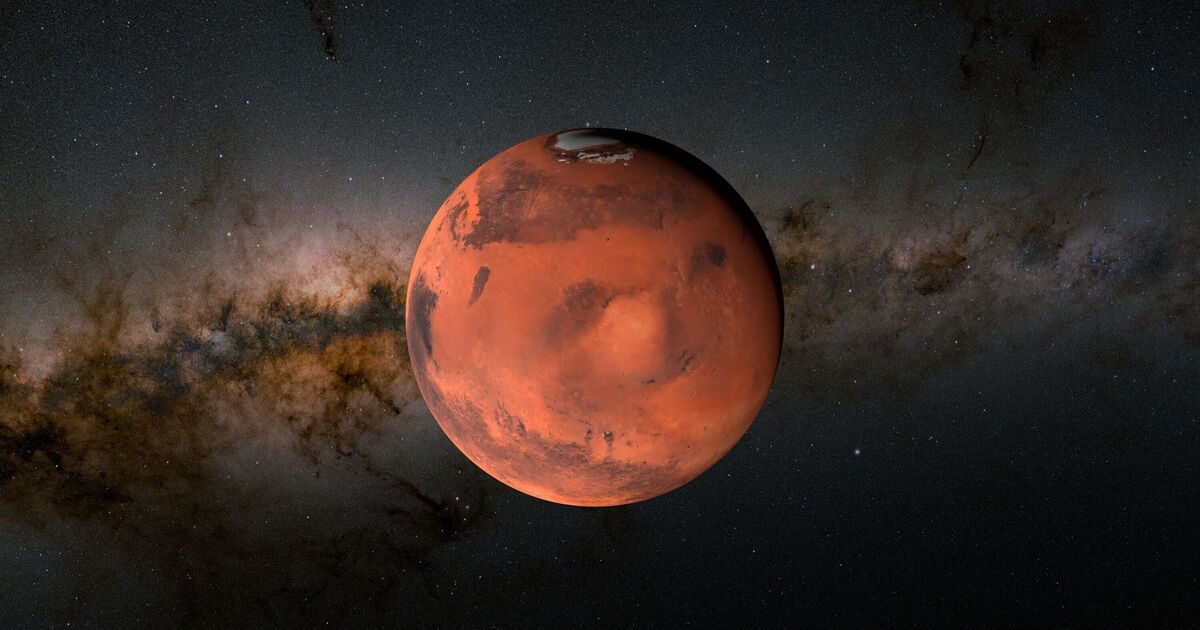NASA’s Curiosity rover has pictured an unusual coral-shaped rock on the surface of Mars. The discovery has sparked new speculation about signs of ancient life on the Red Planet. The strange rocky outline was formed by the wind over time, according to NASA, which said it likely formed billions of years ago when water once flowed across the surface of the planet.
Scientists explained that mineral-rich water once seeped into small cracks in Martian rocks, leaving solid veins that were later exposed by billions of years of wind erosion. “Curiosity has found many small features like this one, which formed billions of years ago when liquid water still existed on Mars,” NASA said. “Water carried dissolved minerals into rock cracks and later dried, leaving the hardened minerals behind.”
Billions of years of wind-driven erosion gradually ripped away the surrounding rock, revealing the striking shapes visible today, the space agency added.
The formation was captured by the rover on July 24, 2025 – Curiosity’s 4,609th day on Mars.
The seven-foot-long wheeled robot is currently roaming Gale Crater, a region rich in boxwork formations, a series of ridges that were likely formed by ancient groundwater.
These formations are helping scientists grasp how Mars changed from a potentially habitable place to the desert it is today.
The images have taken the internet by storm. One X user wrote: “Corals are true signs of ancient life forms along with the ancient rivers. This is a huge discovery!!”
Another wrote on X: “There’s your Mars fossilized foreign life material evidence everybody’s been asking for. That’s obviously been there all along.”
Mars is a frozen desert planet, but the coral‑like rock indicates that the planet was once home to liquid water on its surface, shaping its geology.
While claims of life on Mars are flooding X, one user marveled at the discovery as “further implying that Mars had water early in its existence.”
In 2024, NASA announced that its Perseverance rover had found the first “possible” signs of ancient life on the Red Planet. The agency’s Perseverance rover spied what they described as an “arrowhead-shaped” rock with what looked like veins flowing through it.
The rover sent the images back to Earth, revealing crystalline solids deposited from water flowing on the surface and a reddish area that contained organic compounds and an energy source for “what could have been microbial life.”

